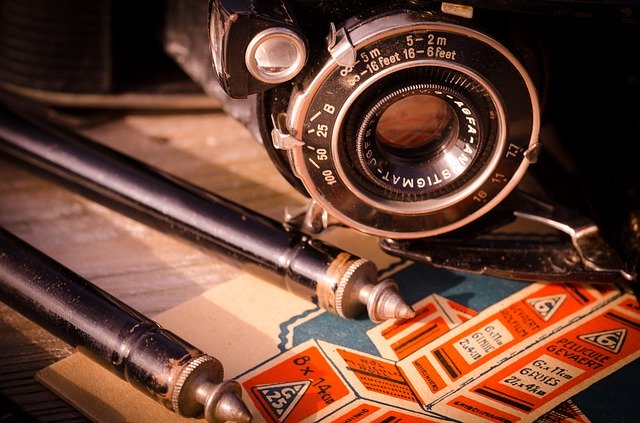
Do you know you have the talent when it comes to taking pictures? No matter your level of experience, you may want to improve your abilities. If you’re ready to take great pictures, you are in the right place. The tips that are listed in this article, contain advice on what you can do to improve your photographic skills.
Select what will appear in your photograph. A good photo is like a little window into specific characteristics of your subject. Don’t try and show too much within each picture. To move beyond the small focus of just one picture, try taking a series of photos on the same subject. This is better than one overly general photo.
Don’t allow the overcast skies to sneak into your pictures. Your pictures can appear dull and lifeless if they capture too much of a gray sky in the background. Although, if you are taking photos with black and white, you can shoot your photos with an overcast sky. If the day is not overcast, you can show as much of the sky as you want to, but make sure you are attentive to the lighting.
Shutter Speeds
Experiment with different shutter speeds to see what works best for different scenarios. By varying shutter speeds, you can capture stills as well as fast moving objects. Traditionally, fast shutter speed is used for motion while a slower speed is used for still scenes.
Overcast skies should not be included in the composition of a picture. Showing too much gray sky in photos will make pictures appear muted. If you cannot exclude the overcast sky from your shots, you may want to consider taking black and white photos. A bright, blue sky can create a lovely backdrop as long as you are careful not to overexpose the shot.
Keep your camera settings simple. Figure out each of your camera’s controls individually, like shutter speed or aperture, before tackling the next. The picture you want to take may no longer be there if you take too much time worrying over settings before you shoot; the scene may have changed or the person has gone away.
Keep your camera settings simple. Focus on learning a single aspect of your camera’s settings before moving on to the others. By learning one setting at a time, you will be able to capture your subject.
As a photographer, it is important that you keep your batteries well charged so you never have to miss out on the opportunity to take a great picture. Because digital cameras drain their batteries pretty fast, it’s important that you start the day with a full charge. Another good idea is to carry a set of spare batteries for your camera with you so that you never miss a shot.
External Flash
Immediately after departing on a trip, begin snapping photographs. Trips provide a great place to shoot some very interesting photography. Have your journey documented. For example, an airport provides lots of interesting, original subjects for taking unique pictures.
Most modern digital cameras have a flash that automatically deploys when they detect low-light situations. While convenient for snapshots, a more professional solution is to use an external flash to take advantage of more lighting options. First check your camera for the appropriate attachment point for an external flash, a “hot shoe.” You also want a flash that will sync automatically to your camera. You may have better shopping results at a camera store catering to professionals.
After going through these tips you should be ready to start new and exciting things. Experiment with a variety of photography styles to find the ones that you prefer. Regardless, keep trying until you are able to achieve the results you seek.